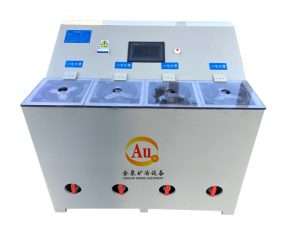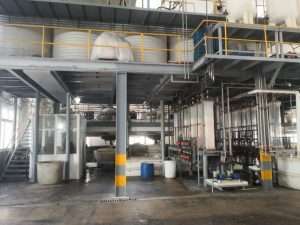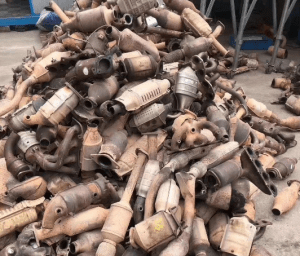Call us now:
Efficient Silver Recovery:
Efficient Silver Recovery from Waste Film via Centrifugal Electrodeposition
While traditional film usage has declined in the digital era, discarded films remain a
valuable source of recoverable silver. This article details an industrial-grade solution
for extracting silver efficiently using centrifugal electrodeposition technology.
1. Core Principles of Centrifugal Electrodeposition.Combining rotational
dynamics with electrochemical reduction, this advanced method outperforms
conventional electrolysis through three key mechanisms:
Kinetic Enhancement: Centrifugal forces (2,000–3,000 rpm) accelerate ion
migration by 4–6.Purity Optimization: Stratified separation prevents impurity codeposition
Energy Efficiency: Pulse power supply (5–15V/50–100A) paired with dynamic rotation cuts energy use by 35%
2. Four-Stage Operational Workflow
Stage 1: Chemical Leaching
Operators immerse waste film in nitric acid (15–30% concentration), triggering double displacement reactions:
AgBr + 2HNO₃ → AgNO₃ + HBr↑
AgCl + 2HNO₃ → AgNO₃ + HCl↑
Maintaining 50–70°C ensures >90% silver halide conversion within 2 hours.
Stage 2: Electrodeposition Initiation
The AgNO₃ solution (80–120g/L Ag⁺ concentration) enters a rotating electrolytic cell. Under DC current (0.5–1.5A/dm² cathode density), silver ions migrate toward the titanium cathode:
Ag⁺ + e⁻ → Ag↓
Stage 3: Centrifugal Enhancement
At 2,500 rpm operation:
Generates 18–25G acceleration, tripling deposition speed vs. static electrolysis
Forms laminar boundary layers, controlling silver crystal size at 20–50μm
Auto-replenishes electrolyte when density drops below 1.2g/cm³
Stage 4: Silver Harvesting
Every 4–6 operational hours:
Retrieve cathode drum post-rotation
Apply ultrasonic vibration (20–40kHz) for non-destructive silver peeling
Collect 99.5% purity silver powder.vido


